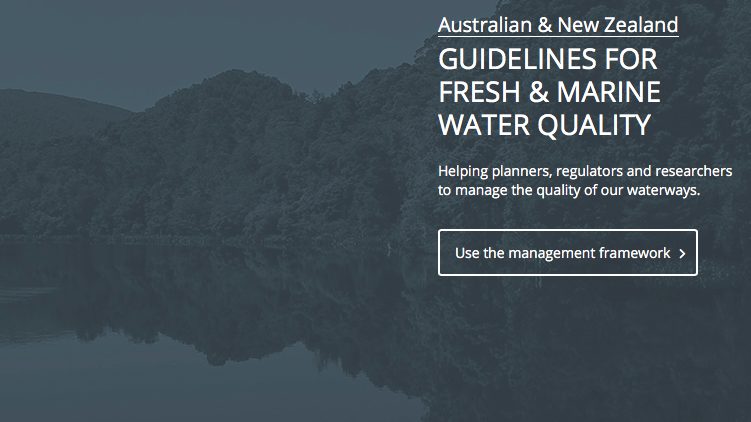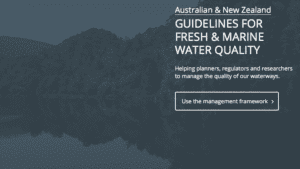
As of 2018, the ANZECC & ARMCANZ 2000 has been updated and referred to as the Water Quality Guidelines, ANZG 2018 (the guidelines). This enhancement reflects new science and knowledge accumulated over the past two decades and is now easily accessible on a user-friendly interactive website platform (waterquality.gov.au/anz-guidelines).
Since the preceding revision in 2000, recent scientific data and techniques for establishing default guideline values (DGVs), and for monitoring and assessment, have become more readily available. The updated DGVs present water practitioners with new information regarding physical and chemical (PC) stressors as well as toxicant parameters where adverse risks to the environment and community may arise if these factors are exacerbated. Furthermore, the updates have allowed for site-specific derivations of toxicant and PC guideline values which examine local contexts such as ecoregionalisation and the importance of cultural and spiritual values associated with water.
Lastly, the updated Water Quality Management Framework provides a logical approach to identifying and managing key water quality issues. To understand and manage complex natural systems well, the first essential step of the Water Quality Management Framework is to develop conceptual models to understand how systems function and correctly identifying indicators for water/sediment quality as well as during system monitoring and assessment.
Step-by-step guidance is provided in the adoption of the Water Quality Management Framework for the following situations or typical uses:
- Developing a water quality management plan;
- Applying for a development approval;
- Assessing a waste discharge;
- Investigating an unexpected event;
- Assessing a remediation study (for sediments and waters);
- Conducting a baseline study; and
- Implementing a broadscale monitoring program.
For help understanding your water, waste water, and groundwater environmental compliance and risk requirements - contact [email protected]
RECENT PROJECTS
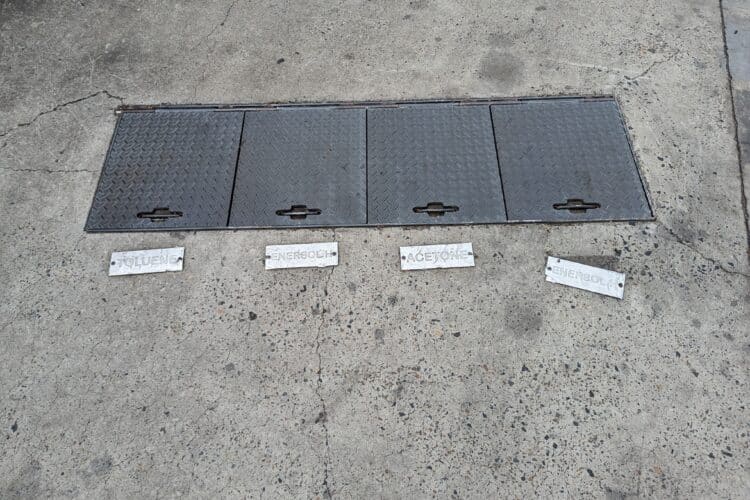
Environmental Delineation Investigation at Industrial Site in Northwest Sydney
Project Overview: iEnvironmental Australia (iEnvi) conducted a Delineation Investigation (DI) at anindustrial site located in the northwest of Sydney, following...
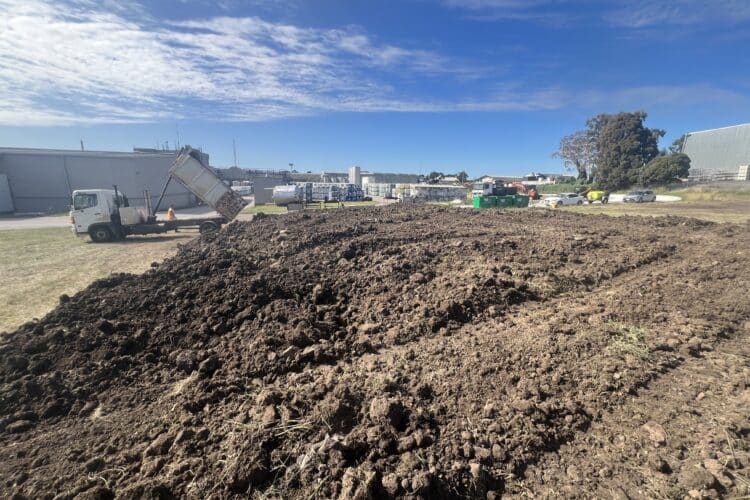
Compliance Investigation &Cost-Effective Remediation and Beneficial Reuse of Asbestos-Impacted Soil at Industrial Site in Victoria
The Victorian EPA requested an investigation at an industrial site in Coolaroo to meet General Environmental Duty requirements. iEnvironmental Australia...
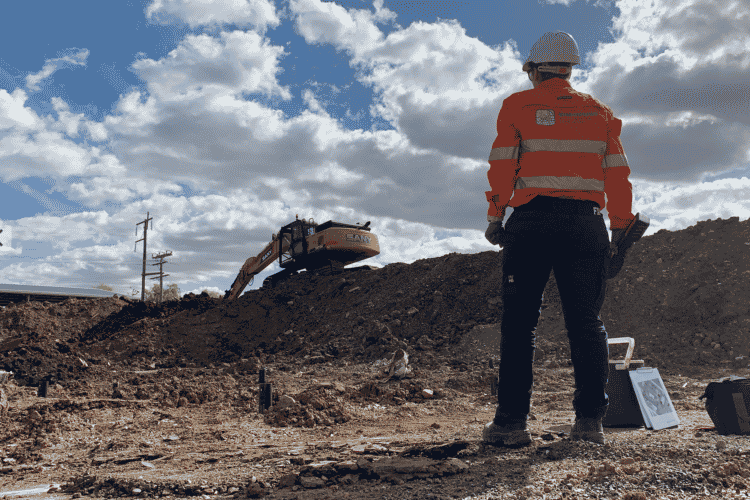
iEnvi's 100 Contaminated Land Experts in 2022!
iEnvironmental Australia's growth in the market means that we're looking at expanding our network of sub-consultants (independent contractors), with a...

Major NSW Infrastructure Project, Environmental Sampling and Waste Classification
iEnvironmental Australia (iEnvi) was engaged by Transport for NSW (TfNSW) to provide waste classification and beneficial reuse assessment near the...
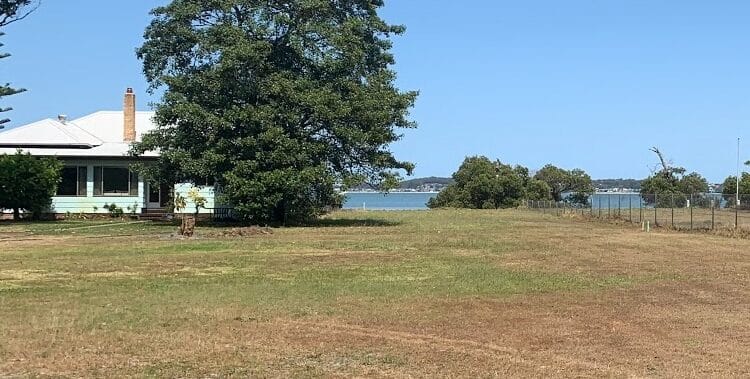
Former Oyster Farm Investigation for Residential Development
iEnvi was engaged by the client to complete a Targeted Soil Assessment relating the footprint of a shed previously located...
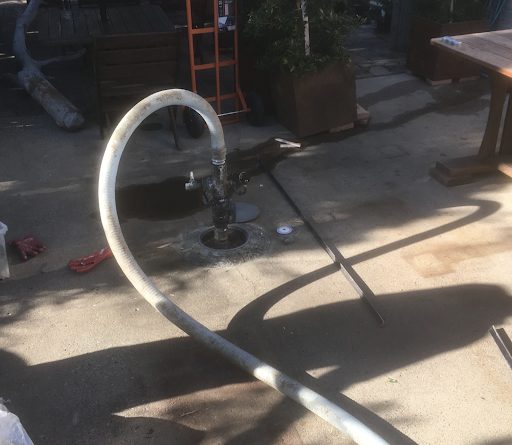
UPSS Abandonment Insitu Via Foam Filling, Sunshine Coast QLD
iEnvi was engaged by a local restaurant owner to manage the decommissioning and abandonment of three underground storage tanks (USTs)...
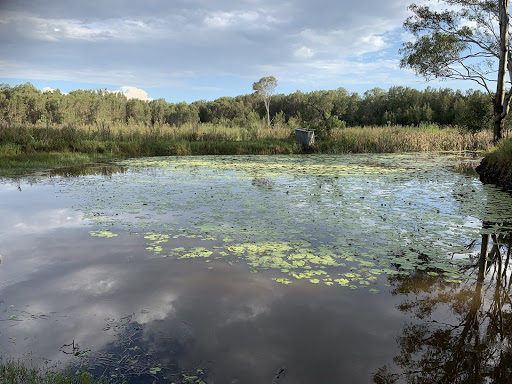
Construction Environmental Management Plan for a Sports Complex, South East QLD
iEnvi were engaged by an engineering firm on behalf of a regional council to undertake a Construction Environmental Management Plan...

Microbiologically Influenced Corrosion Preliminary Study, Mornington Peninsula VIC
Microbiologically Influenced Corrosion (MIC) is a term that refers to the change (either acceleration or inhibition) in corrosion caused by...
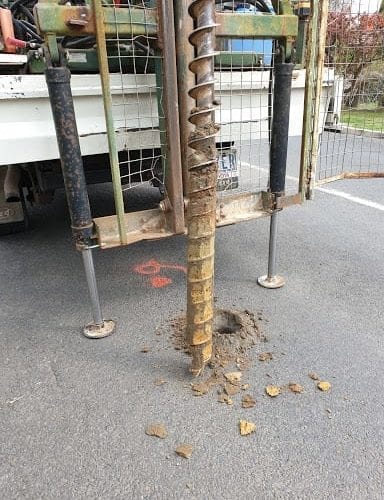
Waste Classification and ENM Assessment, Southern Highlands NSW
iEnvi was engaged by a local council in the Southern Highlands to conduct an insitu Waste Classification (WC) and...
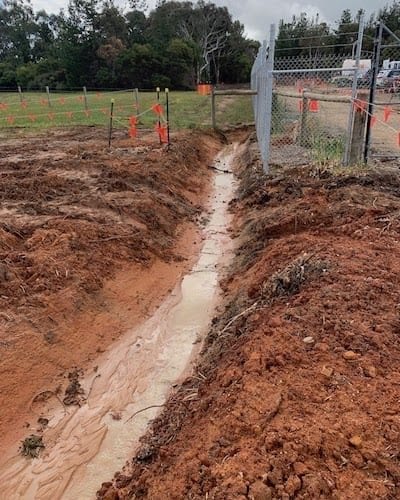
Erosion Sediment Control Plan (ESCP), Mornington Peninsula, VIC
Envi was engaged by a construction company to review and update the erosion sediment control plan (ESCP) as part of...
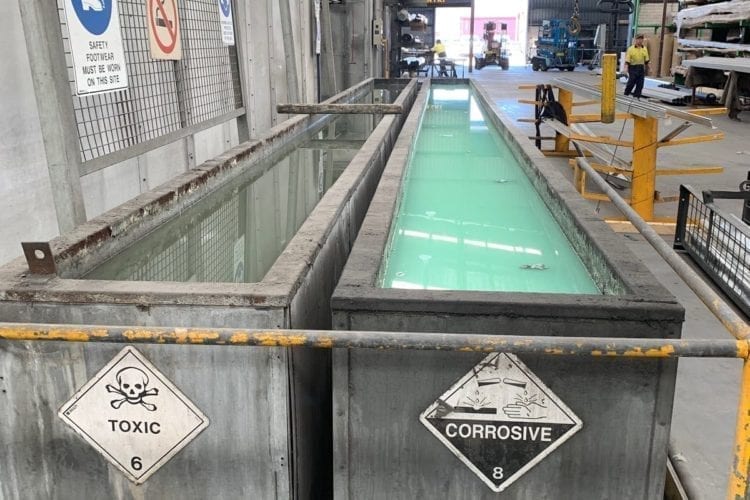
Urgent Preliminary Site Investigations for M&A, Multiple Sites QLD, NSW, SA
iEnvi was engaged by a law firm on behalf of a confidential client as part of merger and acquisition...
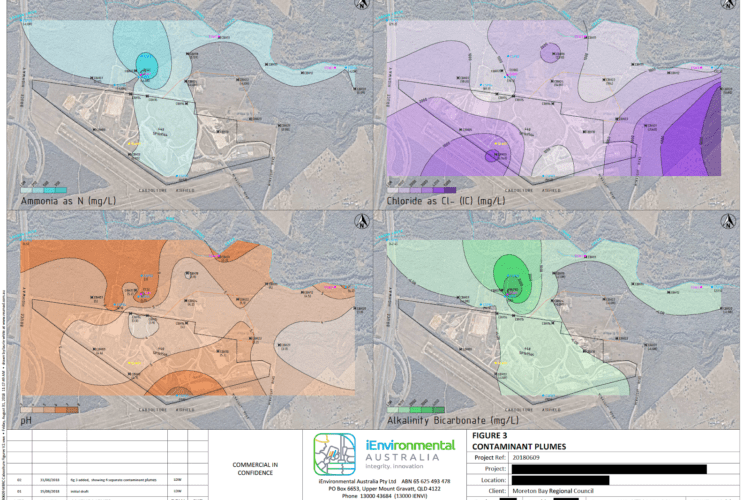
Groundwater and Hydrogeological Investigation of 5 Landfills, QLD
iEnvi was engaged by a Council north of Brisbane, QLD, to review environmental authority (EA) compliance, groundwater trends and risks...
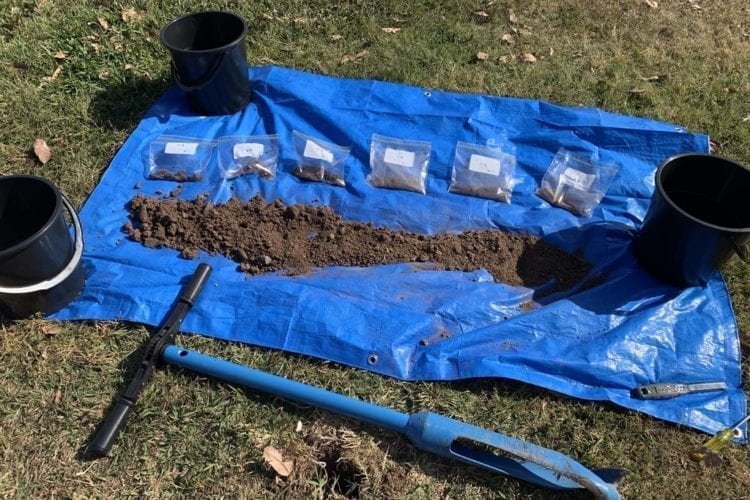
Targeted Soil Investigation and Insitu Waste Classification, Brisbane, QLD
iEnvi was engaged by a large construction company to conduct Targeted Soil Investigations and Insitu Waste Classifications (TSI/WC) in advance...
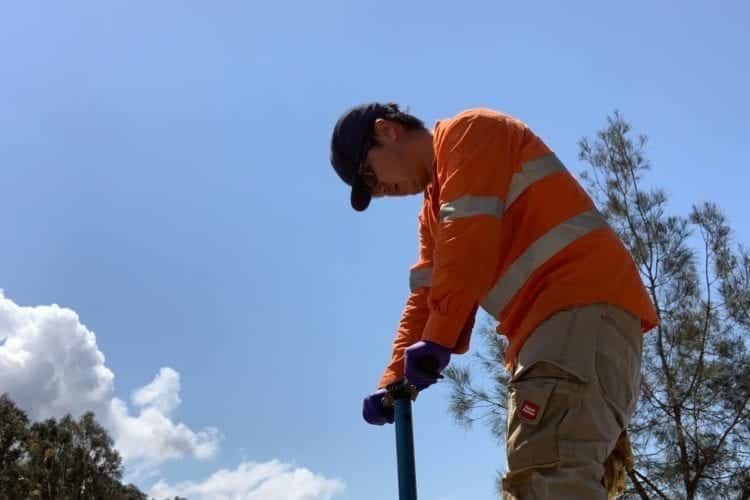
Targeted Soil Investigation, North of Brisbane, QLD
iEnvi was engaged to conduct a Targeted Soil Investigation (TSI) to delineate historical lead from a former rifle range, for...
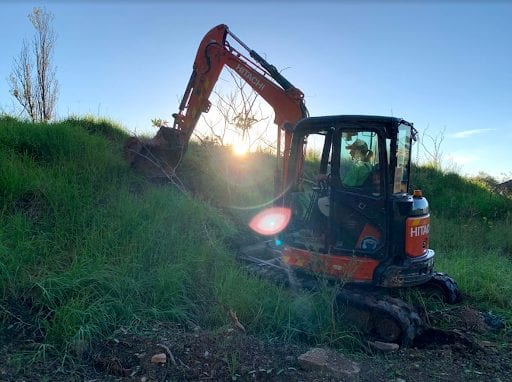
Soil Stockpile Reuse Investigation, Sydney NSW
iEnvi was engaged by an inner western Sydney Council to undertake a soil stockpile reuse investigation at a vacant property....
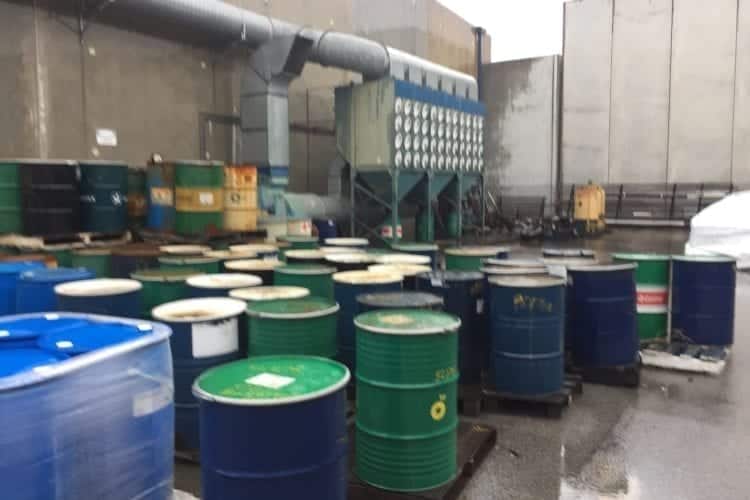
Preliminary Site Investigations for Potential Acquisition, VIC and WA
iEnvi was engaged by an international manufacturing company to undertake preliminary site investigations at two coatings manufacturing facilities in Victoria...
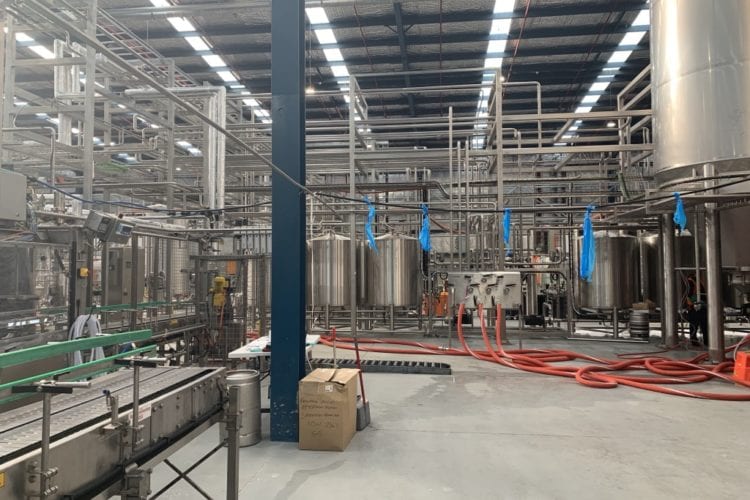
Environmental Management Plan for a Brewery and Wastewater Treatment Plant, Goulburn NSW
iEnvi was engaged by a brewing company to complete an Operational Environmental Management Plan (OEMP) for a new brewery...
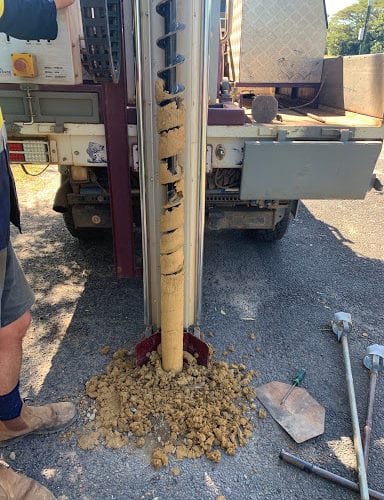
UPSS and Detailed Site Investigation for a Rural Service Station in Far North Queensland
iEnvi was engaged by a company to complete an Underground Petroleum Storage System (UPSS) and Detailed Site Investigation (DSI) for...
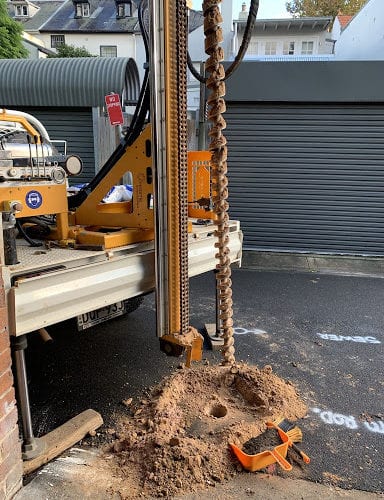
Law firm engagement for Preliminary and Detailed Site Investigation of Former Service Station, Inner Sydney NSW
iEnvi was engaged by a law firm to complete a preliminary site investigation (PSI) and underground petroleum storage system (UPSS)...
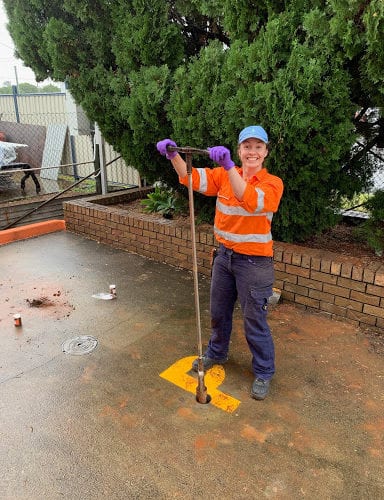
Preliminary Site Investigation of a mechanic workshop for finance approval, Wynnum QLD
iEnvi was engaged by a private company wishing to purchase a mechanic workshop in Wynnum, Queensland and a preliminary site...
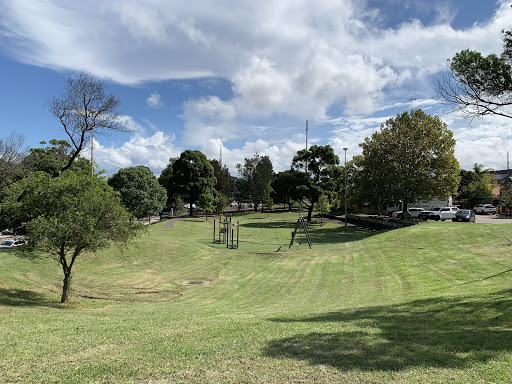
Innovative and cost-effective soil investigation, Sydney NSW
In early 2019, iEnvi completed multiple preliminary site and soil investigations at recreational use parks in inner Sydney suburbs prior...
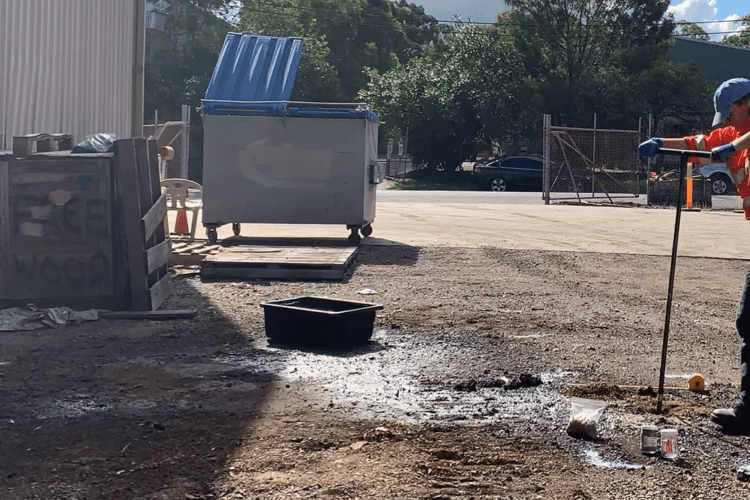
Cost Efficient Remediation for Hydrocarbon Contamination, Newcastle and Wollongong, NSW
iEnvi was engaged by a client’s legal department as part of a merger and acquisition due diligence to undertake preliminary...
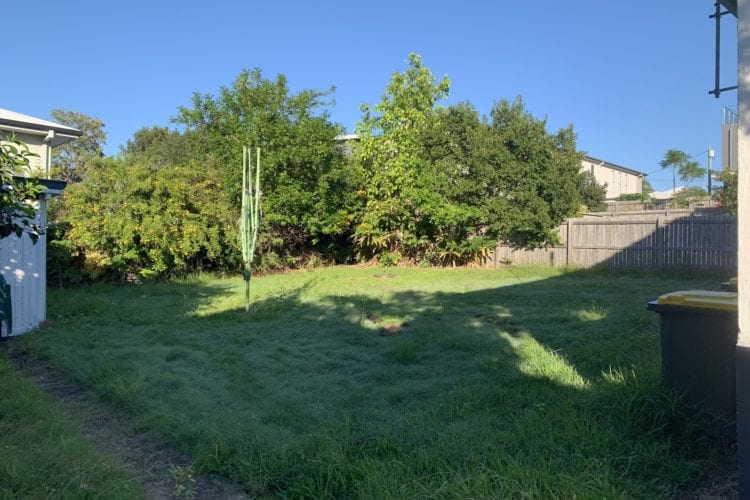
Soil Investigation and Potential Soil Reuse, Brisbane QLD
iEnvi was engaged by a childcare centre development company to undertake soil sampling at a residential site prior to the...
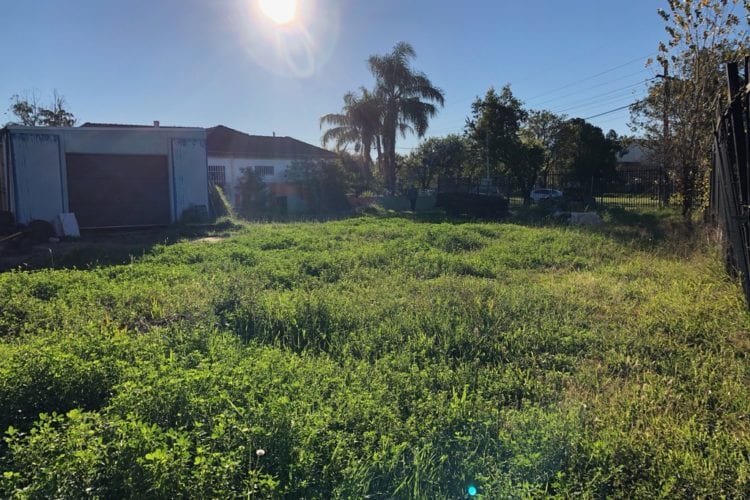
Housing Development Application, Sydney NSW
iEnvi was engaged by a client to undertake a preliminary site investigation and soil sampling (PSI) at a property in...

